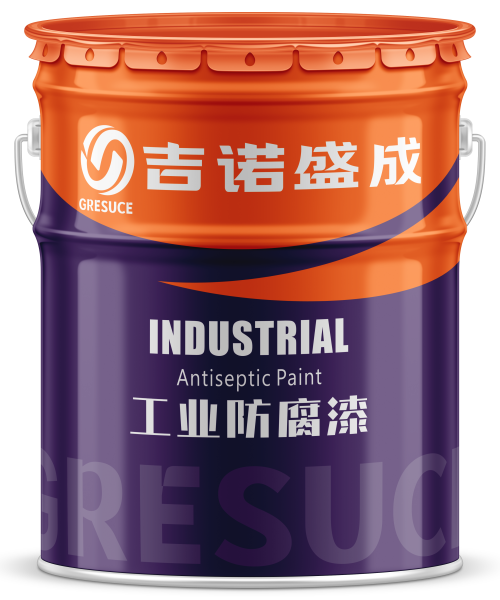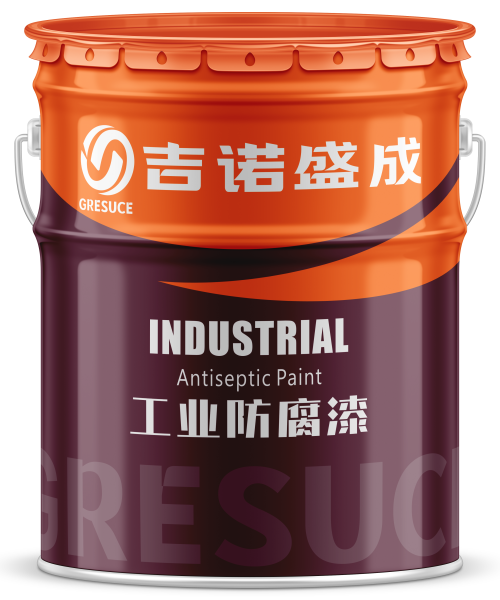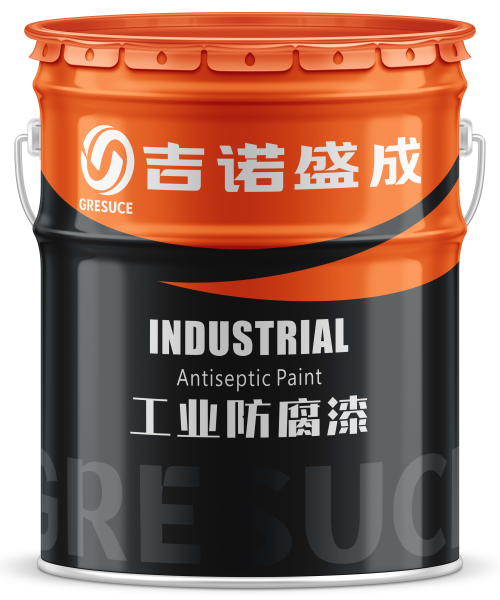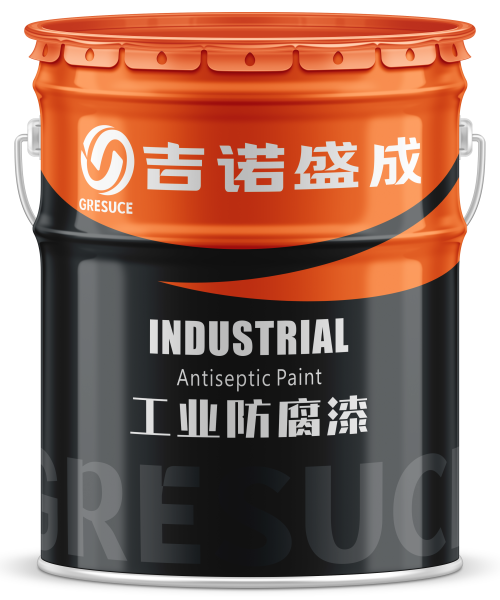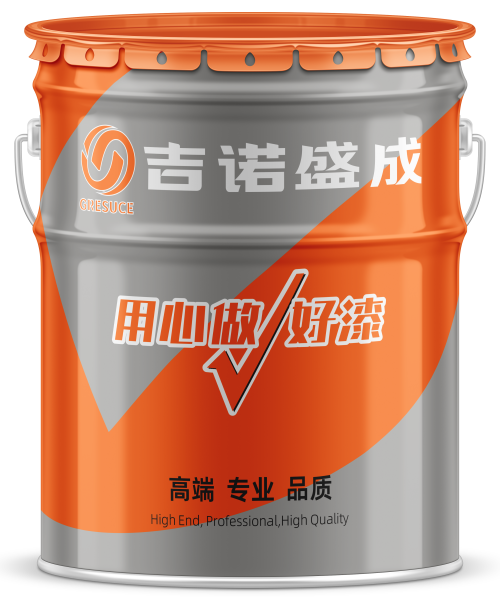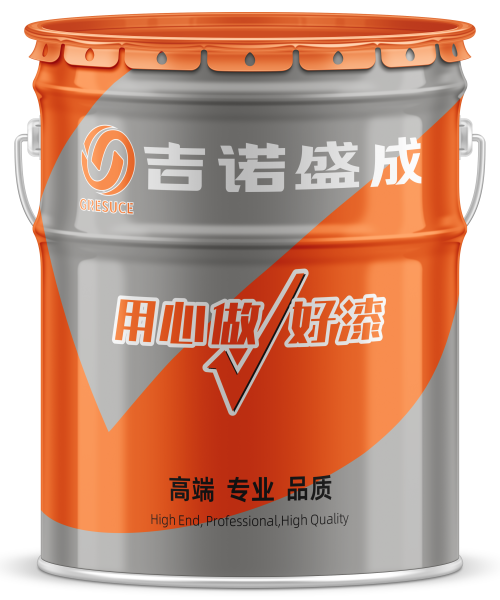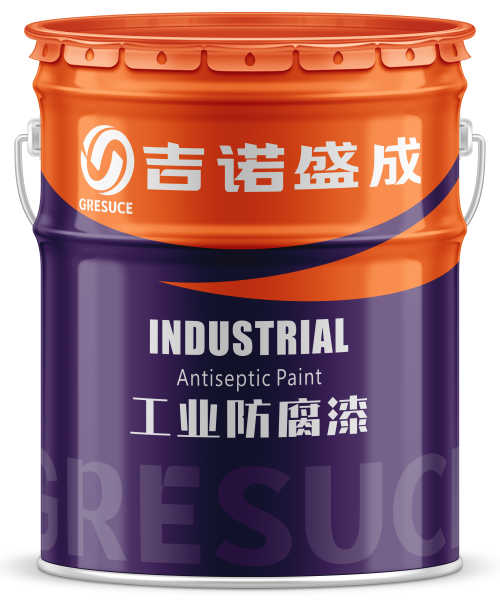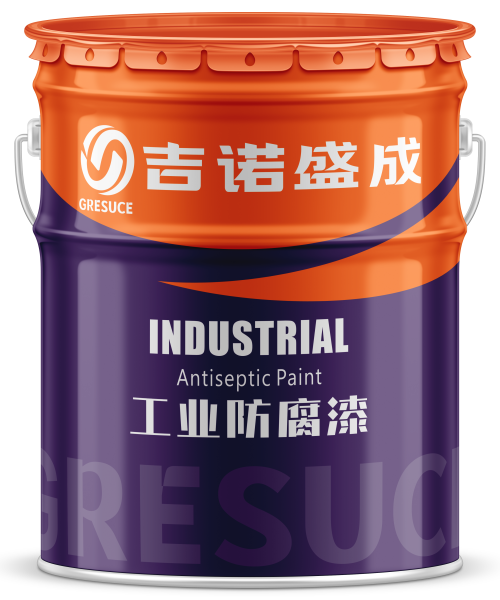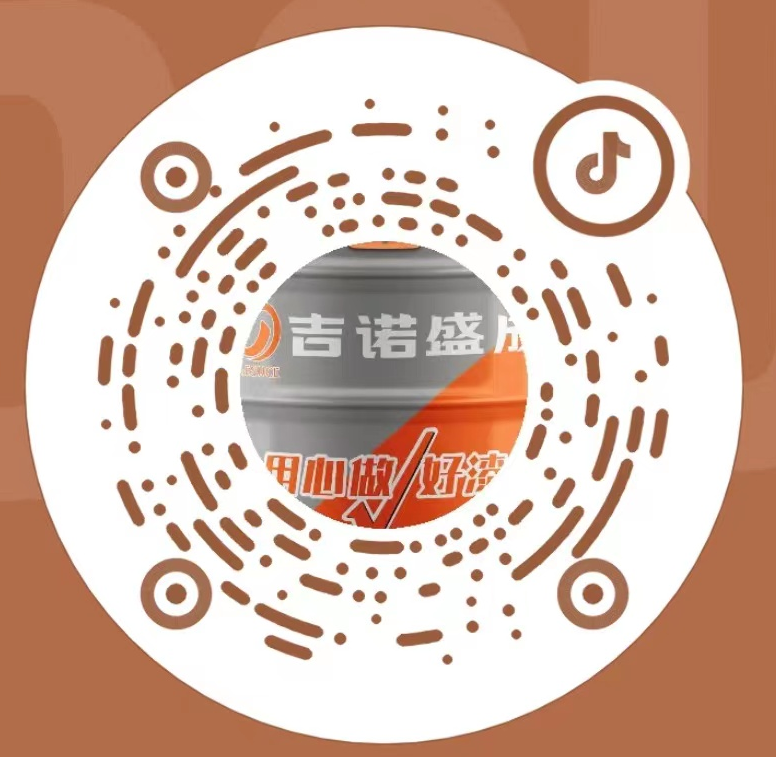How to determine the type of coating originally used? According to the drying mechanism of coatings, commonly used coating types are divided into three categories: oxygen-curing, physical-drying, and chemical-curing. MEK reagent can be used to distinguish these three basic coating types. If MEK reagent is not available, corresponding thinners can also be used. Note that this method is only a rough on-site testing approach. To obtain accurate results, laboratory testing is still required.
For each maintenance coating specification, it is best to conduct a small patch test to determine its compatibility. The main coating defects include corrosion, fine cracks, cracking, and delamination.
First, clean off oil stains and other contaminants from the surface of the old coating. Then, use a cloth soaked with MEK reagent to wipe the coating surface for 2 to 10 minutes, and observe the results:
If the paint film completely dissolves and is wiped off, it indicates coatings such as chlorinated rubber, acrylic, vinyl, asphalt, and antifouling paint.
②If the paint film is significantly affected by the reagent, showing signs of lifting or wrinkling, it is usually alkyd paint, modified alkyd paint, or epoxy ester primer. These are oxygen-curing coatings.
③If the paint film is unaffected by the reagent or only minimally affected, it is generally a chemically cured coating, such as epoxy paint, modified epoxy paint, or polyurethane paint.
④Asphalt appears brown or black, with a soft paint film, making it relatively easy to identify.
⑤Antifouling paint, due to the addition of a large amount of cuprous oxide, is usually reddish-brown and also relatively easy to identify.
⑥If the color is black, sometimes with some aluminum powder color, and the cloth shows slight blackening or yellowing, with a detectable asphalt smell, it might be epoxy coal tar asphalt or polyurethane asphalt paint.
⑦If the paint surface appears zinc gray and zinc powder can be scraped off, it is usually inorganic zinc silicate paint or epoxy zinc-rich paint, with the epoxy zinc-rich paint surface appearing smoother and finer.
⑧Epoxy paint will show severe chalking in outdoor environments, and chlorinated rubber paint will also exhibit this phenomenon after prolonged exposure.
Under what circumstances can old coatings be retained?
During maintenance coating, it is not always necessary to remove all old coatings. Ensuring the following points can minimize adhesion issues between new and old coatings:
①The new coating must be compatible with the old coating;
②The surface must be properly prepared;
③Material application should follow the manufacturer's recommendations;
④It is best to conduct a small patch test before coating the entire surface.
When selecting topcoats for application over old coatings, the basic compatibility between the new and old coatings must be considered. Applying thermosetting coatings over thermoplastic coatings may cause issues such as lifting or peeling. The condition of the old coating surface can be highly detrimental to the new coating, such as poor adhesion between the old coating and the substrate or within the old coating itself, severe chalking, substrate rust, excessive hardness, surface cracking, blistering, excessive zinc salts, excessive film thickness, contaminants like oil or chemicals, and high gloss.
Typically, the maintenance coating system is the same as the original coating. However, since early coating systems were mostly alkyd paints, when upgrading to an epoxy paint system, coating manufacturers recommend...
Using MASTIC-type hydrocarbon resin-modified epoxy paint. This type of coating has strong surface penetration and adhesion, with a high volume solids content of 70% to 80% or even higher, and low solvent content, making it compatible with old paint films, including alkyd and chlorinated rubber paints. When overcoating on physically drying coatings like chlorinated rubber, ensure the old coating is not too thick. Although adhesion may not be as good as on other coatings, it should meet the needs of old coating maintenance.
According to the technical report Item 24180, "Adhesion Issues When Applying New Coatings Over Old Coatings," by NACE International Task Group T-6H-27, the compatibility between new and old coatings should first be tested on a small area to determine inter-coat adhesion. Adhesion testing, such as ASTM D3359 "Tape Test for Adhesion," should be conducted at least 7 days after applying the new coating or after curing as recommended by the coating manufacturer.



